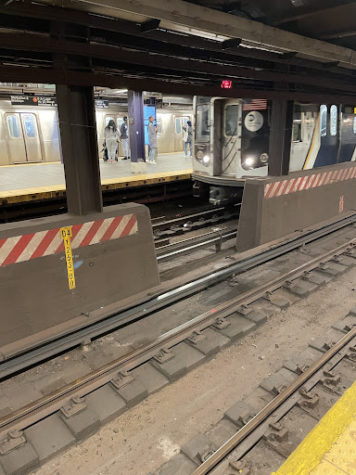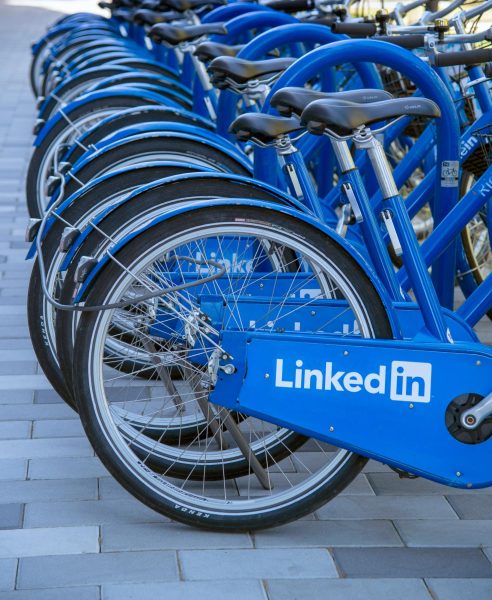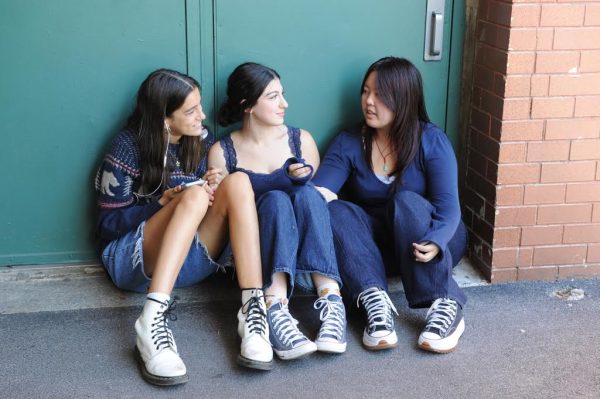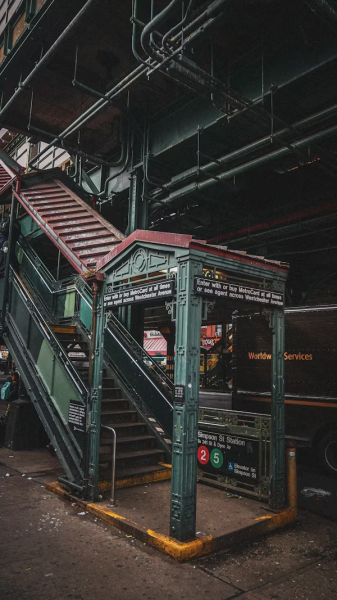The Issue of Homelessness in New York City and the MTA Subway System
An argument against Mayor Adams’ ‘Safety Plan’ for the MTA subway system.

Despite the cost of a subway fare ride, currently at $2.75 per trip, many subway stations in New York have infrastructure problems that often make trains prone to delays.
The journey from deep Queens to uptown Manhattan is an onerous one. It takes two hours on three different train lines in order to travel a mere eighteen miles, but as many New Yorkers do, I carry on using the MTA because it is the most viable form of transportation in New York City.
While most New Yorkers view the MTA as means of transportation, some use the warm stations as a place of refuge. Although the true number of homeless people living in the subways is unknown, the Homeless Outreach Population Estimate survey counted 3,400 subway dwellers in over ninety stations last winter. The estimate is jarring but does not tell the full story. Many homeless people on the trains go uncounted for, which means that this number is an underestimate.
In the wake of COVID-19 slowly transitioning from a pandemic to an endemic state, New York City has begun its trajectory to recovery. Schools are back in session, businesses have opened their doors once more, and New Yorkers have returned to subways in massive numbers. Mayor Eric Adams, the newly elected mayor, has proposed a plan centered on reviving New York’s economy, reducing inequality, and enforcing public safety. “Let me tell you right here and right now: I will support my police, and we will make our city a safe city,” Adams said.
Despite some return to normalcy, New Yorkers are not fully back to normal.
COVID-19 has exacerbated the existing inequality in the city. Even as New York makes important strides in recovery, failing to address income inequality and police harassment will prove to be counterproductive to Mayor Adams’ goals. Mayor Adams hit the ground running on his first day in office on January 1st, 2022, encountering firsthand Gotham’s levels crime and homelessness — and placing a call to 911 himself when he witnessed an assault.

Adams began his day with an early and action-packed subway ride to City Hall from Brooklyn, surrounded by reporters but with no visible security detail.
During an eleven-minute address to New Yorkers at noon from City Hall, Adams vowed to end the government “dysfunction” that has crippled the Big Apple for so long.
“Whether it was crime-ridden communities, poor schools, economic inequality or racial injustice, our problems have been normalized for generations while New York’s government struggled to match the energy and innovation of New Yorkers,” Adams said. “That changes today.”
He vowed to improve New York “by making our city government better every day.”
“It means weeding out the waste and eliminating the inefficiencies. It’s about accountability,” he said.
However, New York’s hard-line response to minor subway offenses fails to address the root of the problem: issues affecting low-income and marginalized residents.
New York’s broader issues are homelessness and a lack of affordable housing. Over 61,000 New Yorkers are homeless and sleeping in shelters on any given night— 63 percent higher than it was ten years ago. And this figure doesn’t even include those sleeping in public spaces like subways and stations.
“Treating homelessness as a quality-of-life issue for people who are not homeless, rather than a tragedy for people who are homeless, is just a wrong way to be looking at homelessness,” said Giselle Routhier, Policy Director of Coalition for the Homeless. “We should be trying to help them move into housing, which should be considered a basic human necessity and right.”
New York’s broader issues are homelessness and a lack of affordable housing. Over 61,000 New Yorkers are homeless and sleeping in shelters on any given night— 63 percent higher than it was ten years ago. And this figure doesn’t even include those sleeping in public spaces like subways and stations.
Karishma Ramkarran is an Editor-in-Chief for ‘The Observatory’ yearbook and a Staff Reporter for 'The Science Survey' newspaper. She appreciates journalistic...










